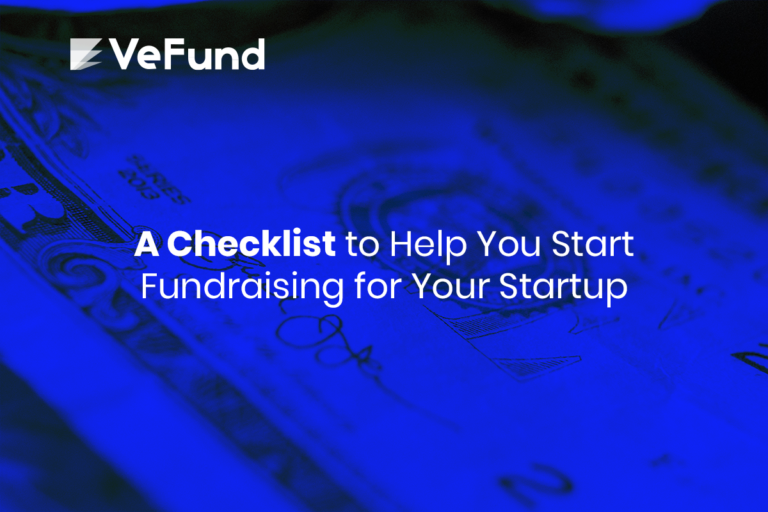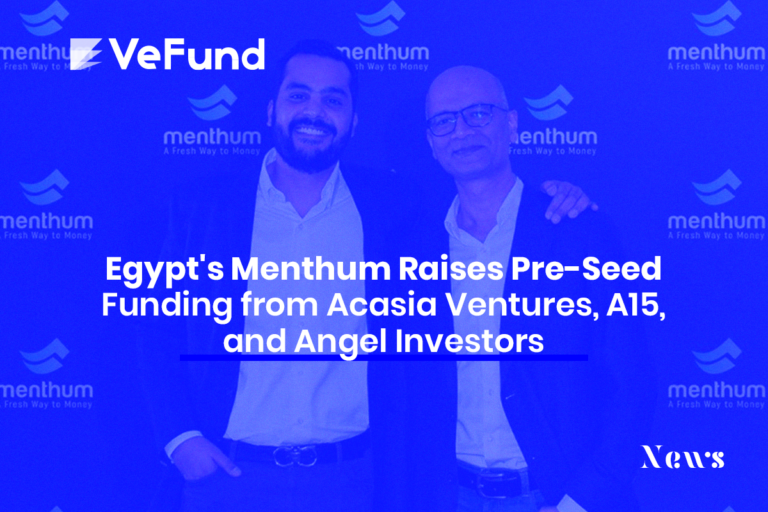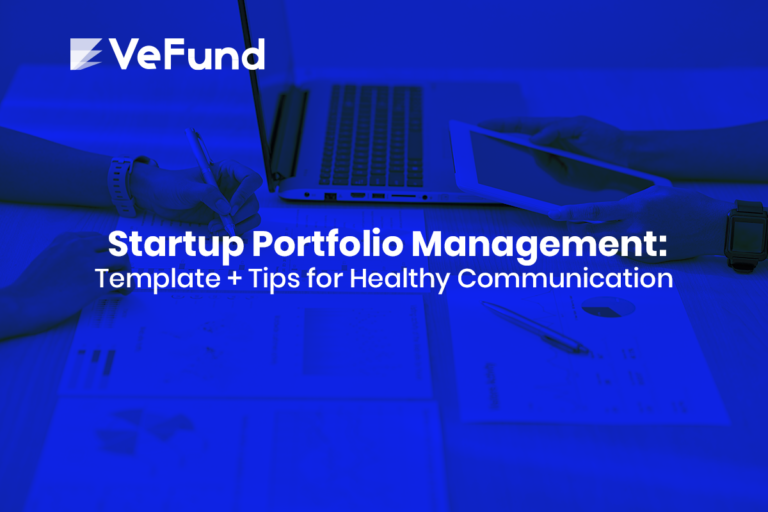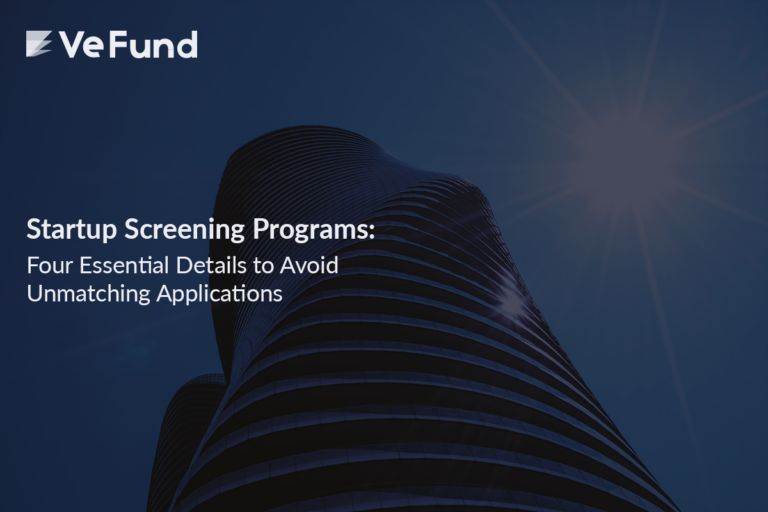VeFund Automated Valuation
As part of our mission to automate all the tedious work in VC, making both investors and startups focus on what matters, we are offering VeFund’s automated valuation calculator.
Why VeFund automated valuation?
- It is as easy as answering a set of questions and entering your financials.
- You no longer need to understand valuation in-depth to get started.
- Get to know what investors care about as you answer the questions.
- We use validated data sources used by investors globally. You no longer need to validate your data and assumptions.
We use a mix of five valuation methods to guarantee showing the startup’s uniqueness and cover as many aspects as needed for a rigorous valuation.

Each method varies in relevance based on the startup’s stage of development. Qualitative methods are more relevant for startups in the early stages, while quantitative methods are more relevant for later stages. Each of the methods affects your final valuation by the following assigned weights:

Valuation methods breakdown:
Qualitative methods:
1. Scorecard method: this method compares your company against an assumed average in the market. It measures how far you deviate from the average valuation based on your answers to the questionnaire.
Aspects covered by the scorecard:
· Strength of the team
· Size of the Opportunity
· Strength and protection of the product/service
· Competitive Environment
· Strategic relationships with partners
· Funding required
2. Checklist method: the checklist method answers the question “how close are you to the maximum valuation in your market?” Your answers to the questionnaire determine how close you are to the ideal.
Aspects covered by the checklist:
· Quality of the core team
· Quality of the Idea
· Product roll-out and IP protection
· Strategic Relationships
· Operating Stage
Quantitative methods:
3. Venture capital method: this method calculates the company’s worth based on the potential exit value calculated by operating profit forecasts, the potential for your industry, and the expected returns by investors.
4. DCF Method: the discounted cash flows method is favored by both investors and founders because it offers the right mix of financials and the company’s unique points. We handled the data sources and equations for you so you can focus solely on forecasting your company’s potential.
Our DCF Method accounts for:
· Discount rate.
· Survivability risk.
· Illiquidity risk.
· Terminal value using the Gordon growth model
5. Multiples method: this method prices the company according to the comparable values of other companies within the same industry. We use the EBITDA Multiple as our comparable ratio. The multiples method is calculated in a similar way as the DCF, meaning it accounts for the same risks mentioned above. The underlying difference is in how the terminal value is calculated. Whereas the DCF method calculates the terminal value using a growth model, the multiples method calculates it using the EBITDA multiple within the industry.
Try out VeFund’s automated valuation calculator







